Lily "Epricot fudge": description and cultivation
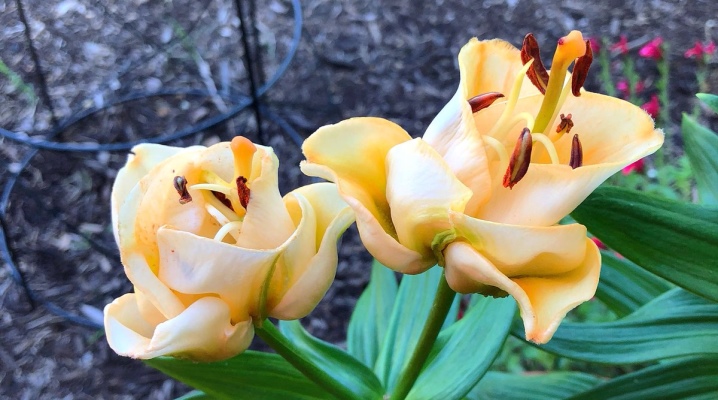
The Epricot Fudge lily looks like an exotic large flower that can decorate any garden. In shape, it resembles a tulip or a half-opened rose. With its amazing appearance and unpretentious care, the culture attracts the attention of many gardeners.
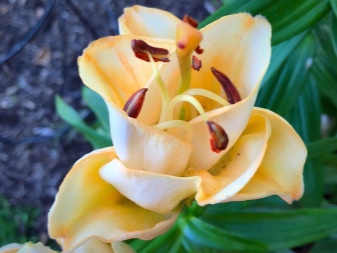
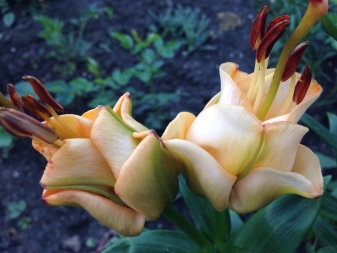
Description
The Apricot Fudge lily is a giant flower that, under favorable growing conditions, can reach a size of 1 m. The larger the bulb, the more dimensional peduncle will be observed. In the first year of life, the culture grows up to 75 cm, for which it is often planted in the foreground when creating landscape design. It can also be container grown at home.
This species is appreciated and for its property to stand in a bouquet for a long time after cutting, this ability is provided by dense petals. Flowering lasts from late June to August. The color of the petals of the Apricot Fuji lily is determined by the species - they can be painted in yellow, cream, salmon, orange, apricot shades.
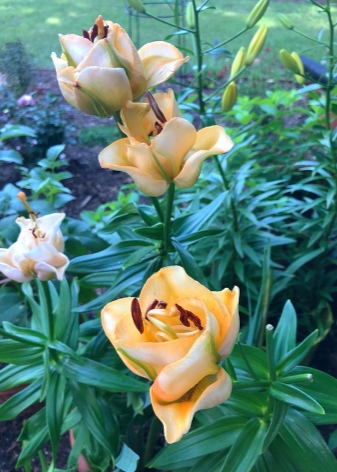
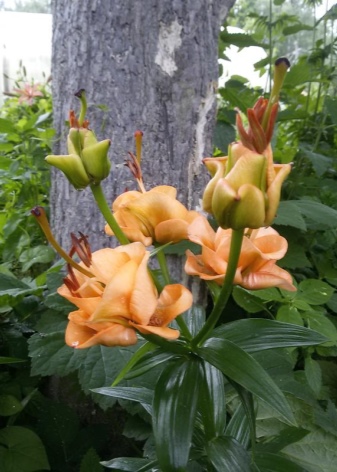
One flower has 5-6 petals, slightly inclined inward. The brown pistil and stamens rise slightly above the flower border. A blossoming bud first of all shows a pistil with stamens, and only after that the flower itself opens.
The diameter of the flower is 7-10 cm, and its length is 13-15 cm. One peduncle can include 30 flowers at once, stretching upward, and the shade of the petals changes several times as it blooms.
All varieties have a pleasant delicate floral scent.
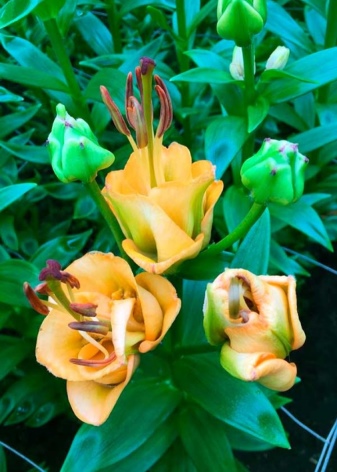

How to plant?
Planting is recommended in the second half of May or in the fall until the end of September. It is important to pay attention to the choice of planting material. Visually inspect the bottom for rot, dried out appendages, and other flaws. It should not be sagging. Do not use sprouted bulbs for planting. If the planting material was purchased in a store, then treat it with fungicides in order to prevent fungus. Suitable, for example, "Fitosporin", "Topaz", "Skor".
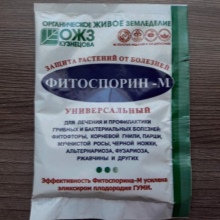
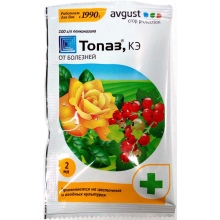

As already mentioned, planting in open ground and growing in a container is possible. The recommended spacing between specimens is 25-35 cm. Planting is carried out at a depth of 15 cm. Support for the culture is not needed.
Gardeners advise using this species in collective plantings, that is, at least three bulbs each. An open space or a slightly shaded place is suitable as a site. Before planting, planting material should be stored in a refrigerator or basement.
The lily will feel more comfortable in fertile soil with good drainage. Can be used for planting and heavy ground. The depth of the hole should be equal to the size of three bulbs. At the bottom, clean sand should be poured, the bulbs should be placed, covered with garden soil and the soil should be tamped. If the plant is planted in a container, then do not deepen the bulbs too much, otherwise the roots will first grow downward, and then, when there is no space for them, they will begin to stretch upward until they are above the ground.
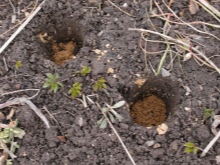
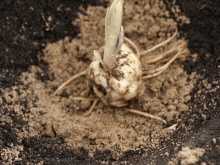
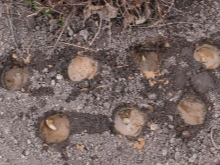
Correct care
There are several conditions under which the lily will actively develop and delight the gardener with lush and abundant flowering. When caring for a plant, pay attention to a number of points.
Lighting
The culture loves sunlight, which means that it is not recommended to plant it next to tall plants. But undersized species may well act as neighbors - they will protect the root part from direct sunlight. If the flower is planted in the shade, then its stems will begin to stretch in the direction of the light, they will be fragile, the growth of the bulbs will slow down, and the flowering will be weak.
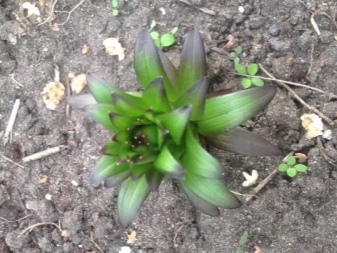
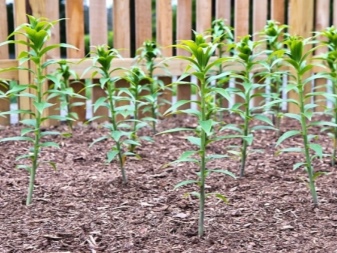
Watering
Moderation is important in this part of the care. If precipitation continues, then the plant does not need moisture. You cannot water the flower if the soil has not yet dried out.
It is also important to stop watering immediately after flowering.
Top dressing
This is a very important moment in the life of a plant. When the stem grows to 10-15 cm, add 25 g of ammonium nitrate per 1 m2. During budding, 100 g of ash or 30 g of mineral fertilizer per 1 m2 are used as additional nutrition. After flowering, the culture is fed with 1 tbsp. l. double superphosphate per 10 liters of water.
It is important to know that applying fresh organic fertilizers can lead to the spread of fungus, so avoid such feeding. And also give up fertilization during the flowering period, otherwise it will quickly stop. Do not forget to systematically loosen the soil, as well as protect the plant from drying out and overheating with a 5-6 cm layer of mulch, for example, peat, pine chips, coniferous litter.
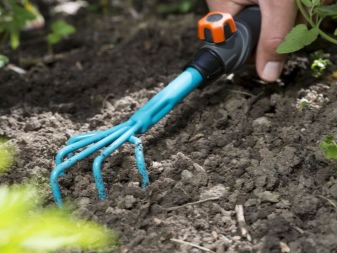
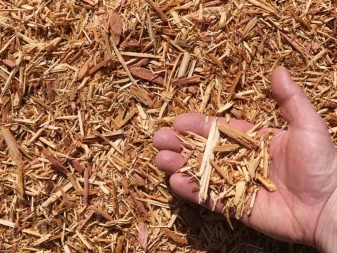
Preparing for winter
Once flowering is complete, the stem should be cut just below the former bud. After such a procedure, the culture will begin to invest all its energy in the formation of the bulb and will not waste energy on ripening the seeds.
In general, these flowers are frost-resistant (up to -34 degrees Celsius) and do not need insulation for the winter, they winter well under the snow, but if frost has already begun and the snow has not yet fallen, then it is recommended to protect the plant from the cold by mulching. It is better to use needles for this, since it protects the culture not only from frost, but also from slugs, which begin to destroy lilies in the spring. It is also important to remove the mulch on time as the snow melts.
If the culture is planted in a container, then in winter it is kept at low positive temperatures. Heat is contraindicated at this time.

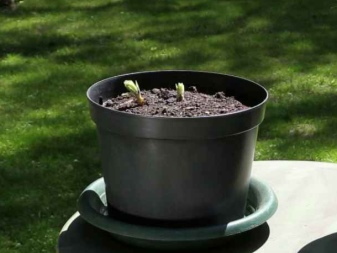
Reproduction
Lily Apricot Fudge can be propagated in different ways
Seeds
This is the longest and most laborious process. A flower grower should be patient before getting a high-quality bulb from the seeds, because this can take several years. Therefore, this method is practically not used.
Sowing is carried out in February-March, the seeds are planted in containers. With the appearance of a real leaf, the seedlings dive and leave until a cold snap in a warm place. In winter they are taken to the basement, where the temperature is + 4… 6 ° C.
Flowering can be expected only after 3-7 years.
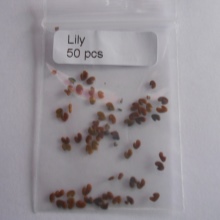
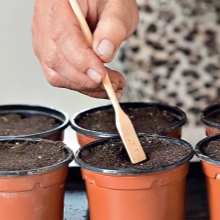

Scales
The bulb is not very dense, and the flakes suitable for planting come off quite easily. First, they should be soaked for 15-30 minutes in a solution with a dressing agent. For example, the drug "Maxim" will do. Next, the scales need to be put in a dark bag in one layer, the next layer is sphagnum moss, then again the scales, and again the moss. After that, the bag is carefully tied and left in a cool dry place for several months.
Sometimes the contents of the package need to be inspected for dampness and putrefactive processes. After a few months, bulbs will appear on the lower part of the scales, which can be planted in a pot along with the scales, and in spring time transplanted to a summer cottage.
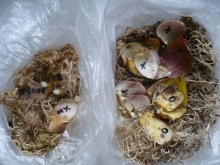
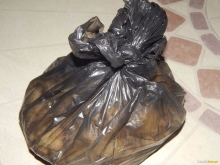
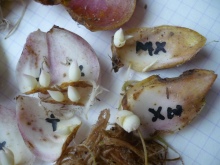
Baby bulbs
Bulbs do not grow quickly. At 4-5 years of age, the root system forms a nest of onions, which become loose and poorly resistant to diseases, so they need to be seated. Landing is done in separate new pits, where both the mother's part and the children are placed. Before planting, it is important to eliminate defective scales and dried roots.
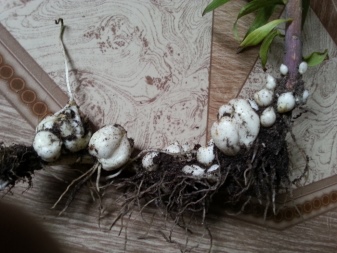
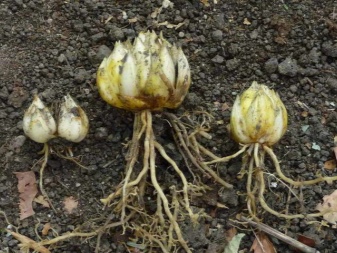
Cuttings
Cuttings can be parts of a stem with a dormant bud, leaves with a piece of stem. They are cut, the lower foliage is removed and planted in the soil to a depth of 2-3 cm. After 1-2 months, the bulbs that appear are separated and planted in a container at the same depth. After some time, you can observe how the first shoots hatch.
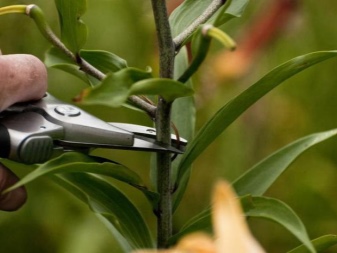

Diseases and pests
It cannot be said that the lilies of this variety are distinguished by strong immunity to diseases and pests. Of the diseases, plants are most often affected by fungi and viruses. So, gray rot or botrytis occurs due to cold, wet weather... You can recognize the ailment by brown-red spots on the lower part of young leaves, then the disease passes to the stem and buds.
For prevention, you can use a solution of copper sulfate, combined with a solution of ammonia and soda ash. And also for the fight, a three-time treatment with Bordeaux liquid is used. In serious stages, Fitosporin or Fundazol can help.
Sometimes lilies are affected by fusarium. In this case, rotting starts from the bulb. The disease occurs in the absence of drainage, with waterlogging or when using fresh organic matter.
To get rid of the problem, you should dig up the bulbs, wash them and soak them in the Fundazole solution for half an hour.


Another common ailment of lilies is cucumber and tobacco mosaics. Light stripes and spots on flowers and leaves indicate the presence of diseases. The damaged specimen should be destroyed, and as a preventive measure, disinfect the instrument and treat the plants with "Karbofos" - it protects the planting from aphids, which is the carrier of the mosaic.
Of insects, the spider mite loves to feast on the lily, which causes the leaves to curl and the flower to dry. The drugs "Karbofos", "Apollo", "Aktofit" will help get rid of it. The squeaky beetle is another frequent uninvited guest of the lily, which quickly destroys the green mass. Effective means of fighting this pest are "Karbofos" and "Denis", and bugs can also be removed mechanically.
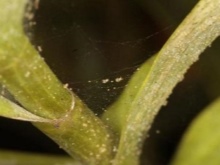
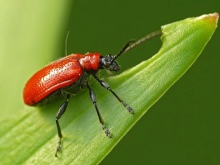

The main enemy of pistils and anthers of stamens is the lily fly. When this insect attacks, the bud should be eliminated, after which the specimen should be sprayed with insecticides, for example, "Ditox" or "EC".
For more information on the Epricot Fudge lily, see the next video.







































































































The comment was sent successfully.